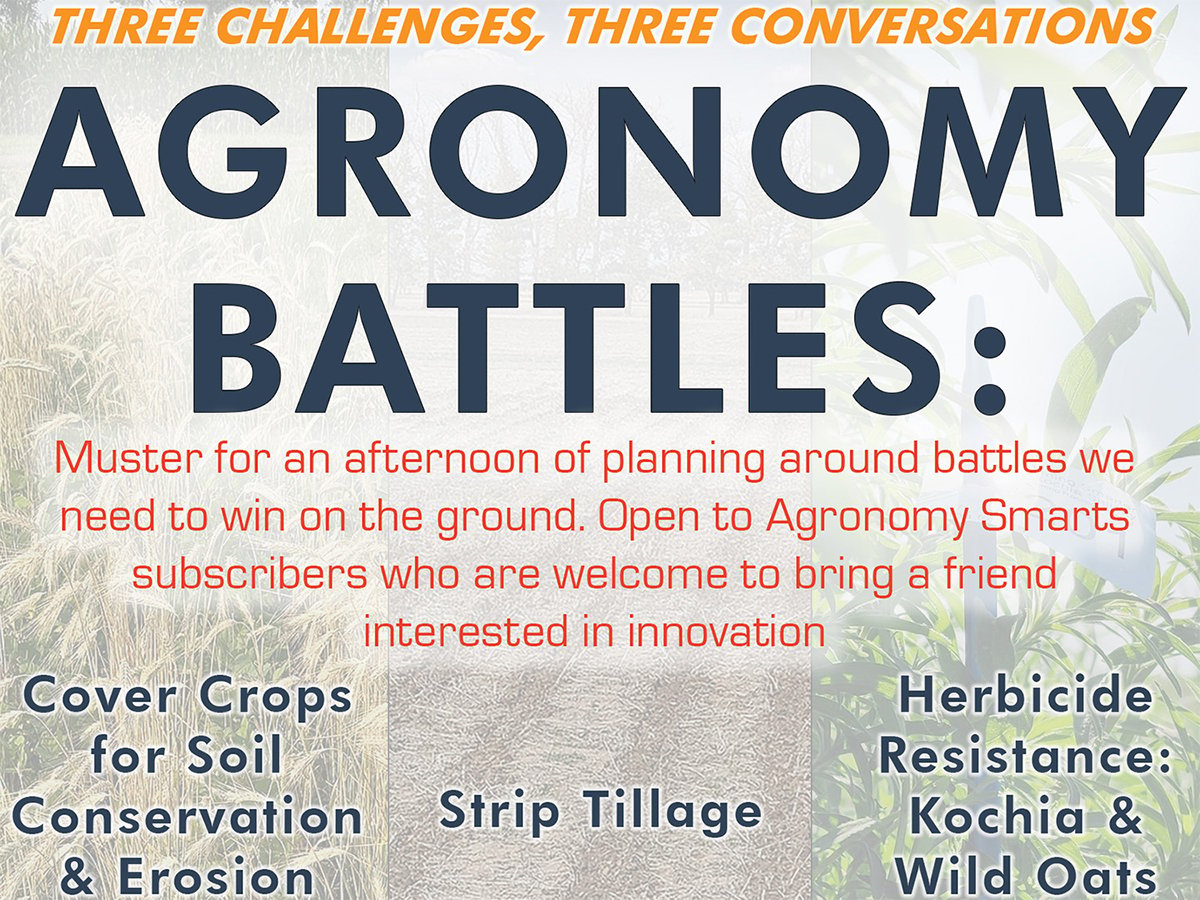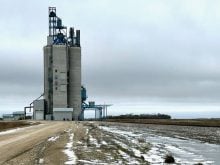SASKATOON – Approximately 40 percent of the world’s food is produced using irrigation.
Economists and agronomists say that will likely increase in the future with growing populations and the corresponding demand for food.
However, the move toward more irrigated crops has the potential to increase agriculture-based greenhouse gas emissions and put a strain on the environment, farmers were told at the annual Saskatchewan Irrigation Conference in Saskatoon.
“The assumption is that green house gas emissions are considerably higher on irrigated land compared to dry land,” said Reynaldo Lemke, a researcher with Agriculture Canada. “That being said, there is very little actual data to back that up.”
Read Also

Farming Smarter to hold Agronomy Battles series
Southern Alberta non-profit research institute hope grassroots sessions with producers help focus future research on cover crops, strip tillage and herbicide resistance
Lemke grew up in Saskatchewan and has been studying climate change and how it relates to agriculture for 20 years. He said that while irrigation is only a small contributor to total greenhouse gas emissions and accounts for less than one percent of countrywide emissions, more work needs to be done to understand the effect irrigation has on the environment.
“How do we increase our food production for a growing global population without intensifying?” he said. “Are there ways of managing that can minimize emission? These are questions we want to answer.”
Agricultural practices account for roughly eight percent of Canada’s total greenhouse gas emissions. In Saskatchewan, the number is considerably higher at 17 percent of the province’s total emissions.
Unlike other industries, such as the energy or transportation sectors, agriculture’s concern is not carbon dioxide, the world’s most notorious greenhouse gas and the primary culprit for contributing to climate change.
Instead, agriculture contributes two less prevalent but more powerful greenhouse gases: methane from the livestock sector and nitrous oxide from crop production.
Nitrous oxide, which is 300 times more powerful than carbon dioxide, is a usual byproduct of using fertilizer.
Some of the nitrogen that is not taken up by the plant after it has been fertilized ends up as nitrous oxide in the atmosphere.
That is why this greenhouse gas is of paramount concern for the food crop industry and farmers who irrigate their crops.
“We want to be proactive,” said Saskatchewan Irrigation Projects Association chair Roger Pederson.














